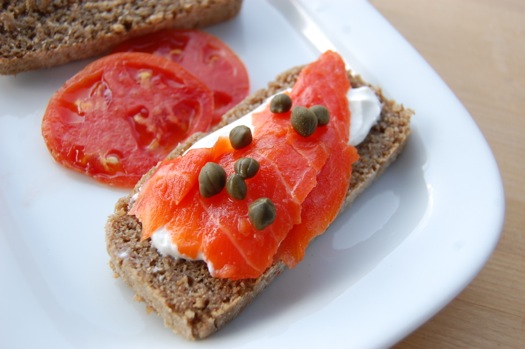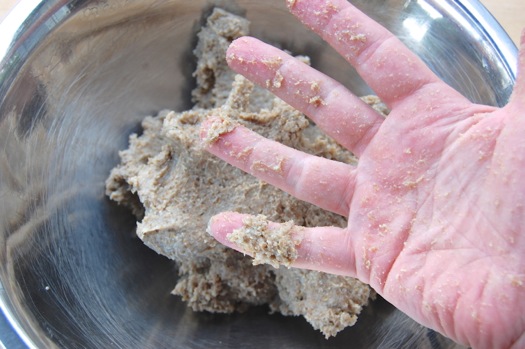Should I store bread in the refrigerator?
Lots of questions about bread today! Reader Trey, you definitely should not store bread in the refrigerator. Low temperatures speed up — dramatically speed up — the rate at which starch crystallizes. Unless the bread gets below the freezing point of water, at which point is slows down dramatically, most likely because the water between the starch molecules hardens, keeping them from stacking up and forming crystals. So: at room temperature or frozen, nowhere in between. The exception to this rule is a really moist bread like a pumpernickel, which stays supple as a result of all the pentosan (seed coat) gums it contains, and the fridge will keep it from getting moldy.
READ ON
